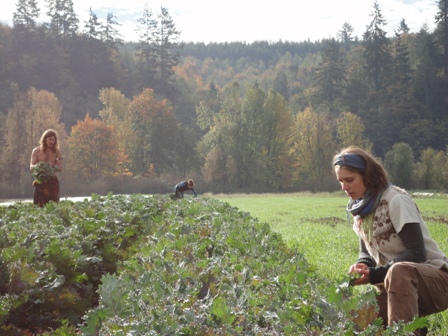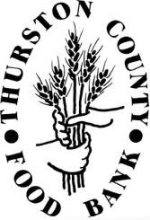
-
sites
- Blue Mountain Action Council
- City Fruit Seattle
- Clark County Food Bank
- Community Farm Connection
- Community Harvest in Leavenworth
- Community Services of Moses Lake
- Elk Run Farm
- Emergency Food Network
- Fish Food Bank
- Good Cheer Food Bank
- Hopelink Snoqualmie Valley
- Kitsap Public Health District
- National Site: Community Food Share CO
- National Site: Food for Others VA
- National Site: Society of St. Andrew FL
- National Site: Society of St. Andrew GA
- National Site: Society of St. Andrew MS
- Northeast Washington (NEW) Hunger Coalition
- Northwest Harvest
- Okanogan County Community Action Council
- Seattle Community Farm
- Seattle Lettuce Link
- Second Harvest Inland Northwest
- Second Harvest Tri-Cities
- Skagit County Community Action Agency
- Slow Food SW WA
- South King County Food Coalition
- Spokane Edible Tree Project
- Thurston County Food Bank
- Volunteers of America Western Washington
- WSU Extension Clallam County
- WSU Extension Jefferson County
- background
- produce recovery
- network
- resources
- View Map
 Use existing relationships to your advantage. If you don’t know farmers yourself, take someone with you who does when you scout for donors. If you have personal friends who like gardening and agriculture, get them to come glean with you.
Use existing relationships to your advantage. If you don’t know farmers yourself, take someone with you who does when you scout for donors. If you have personal friends who like gardening and agriculture, get them to come glean with you.